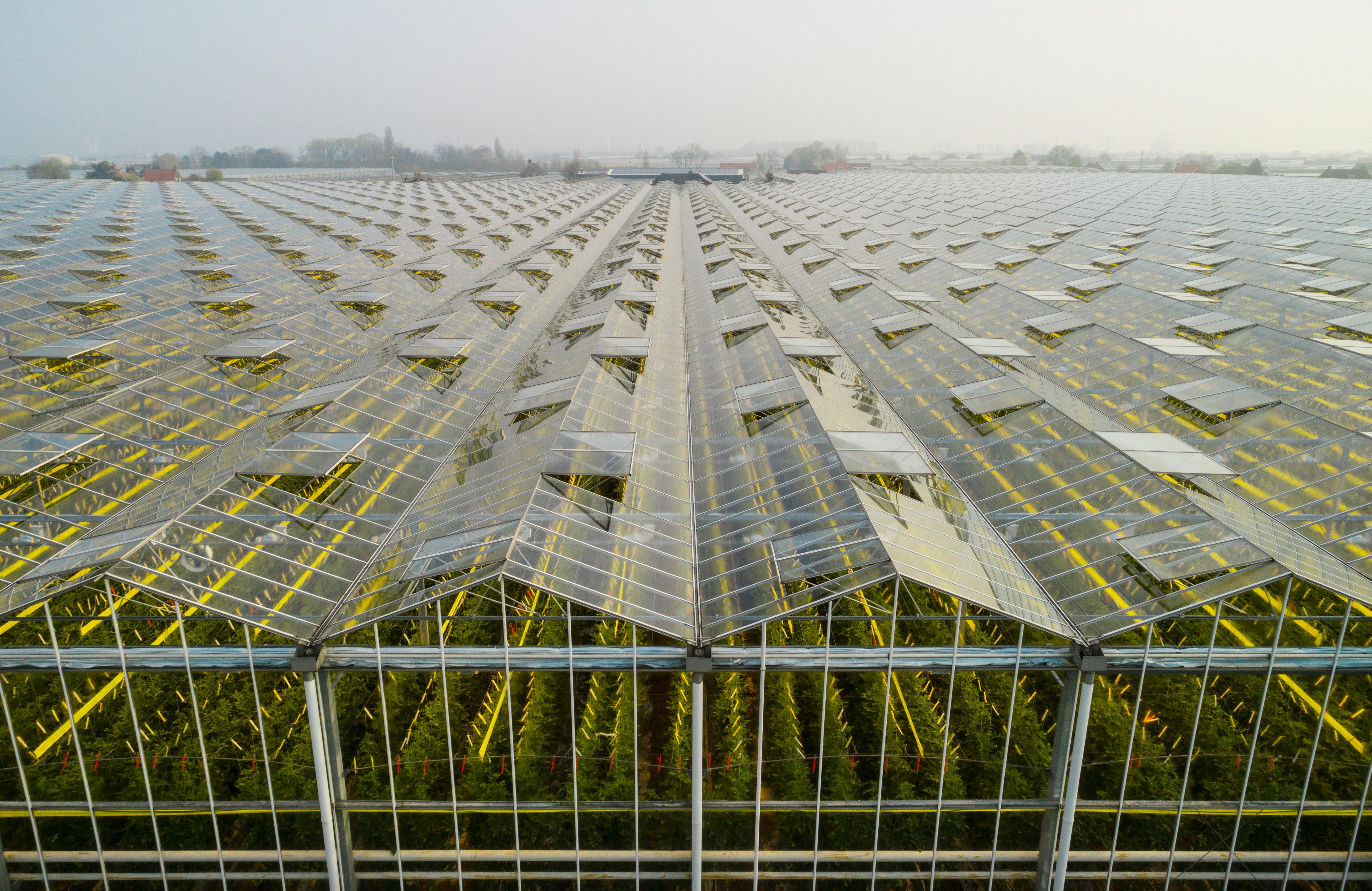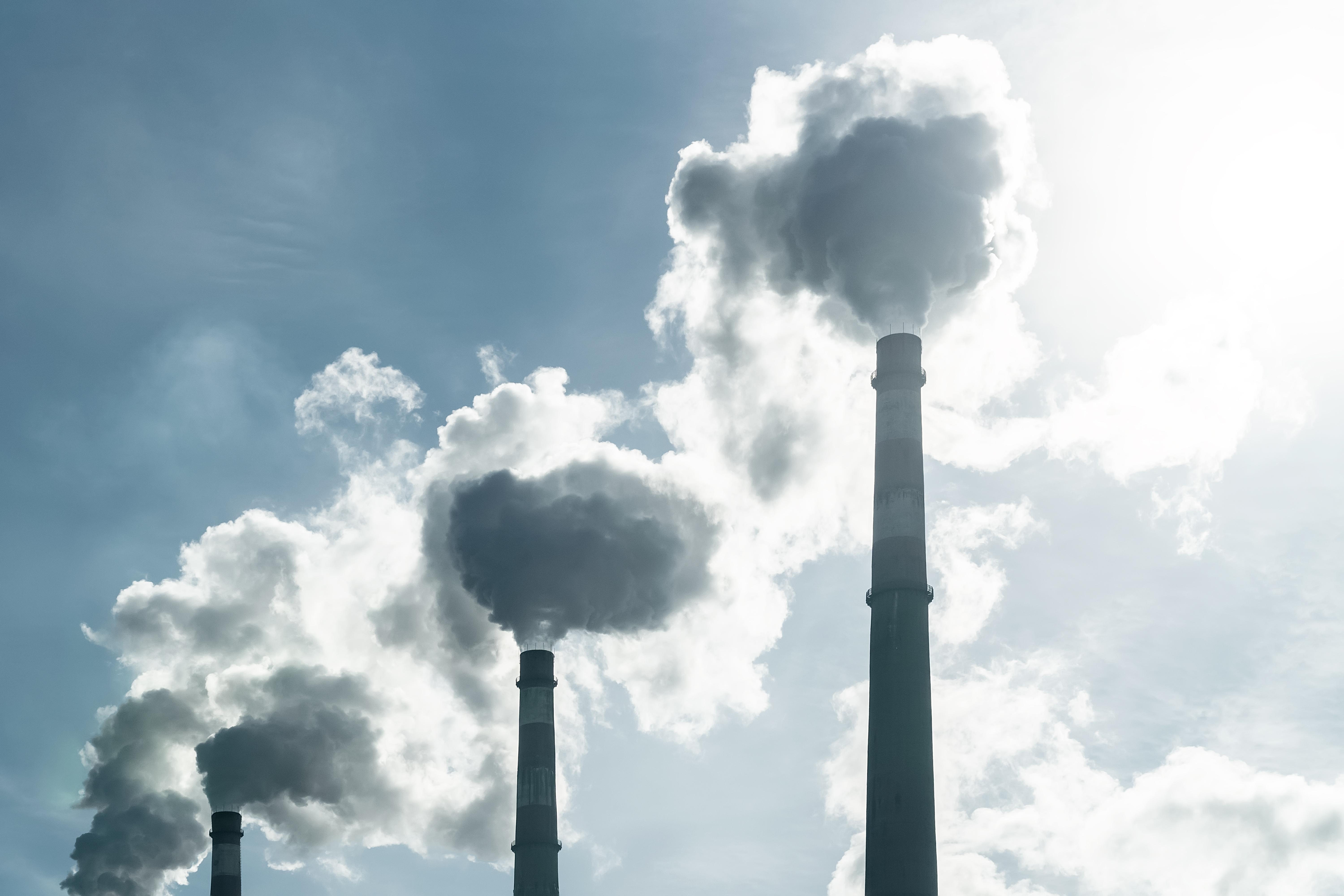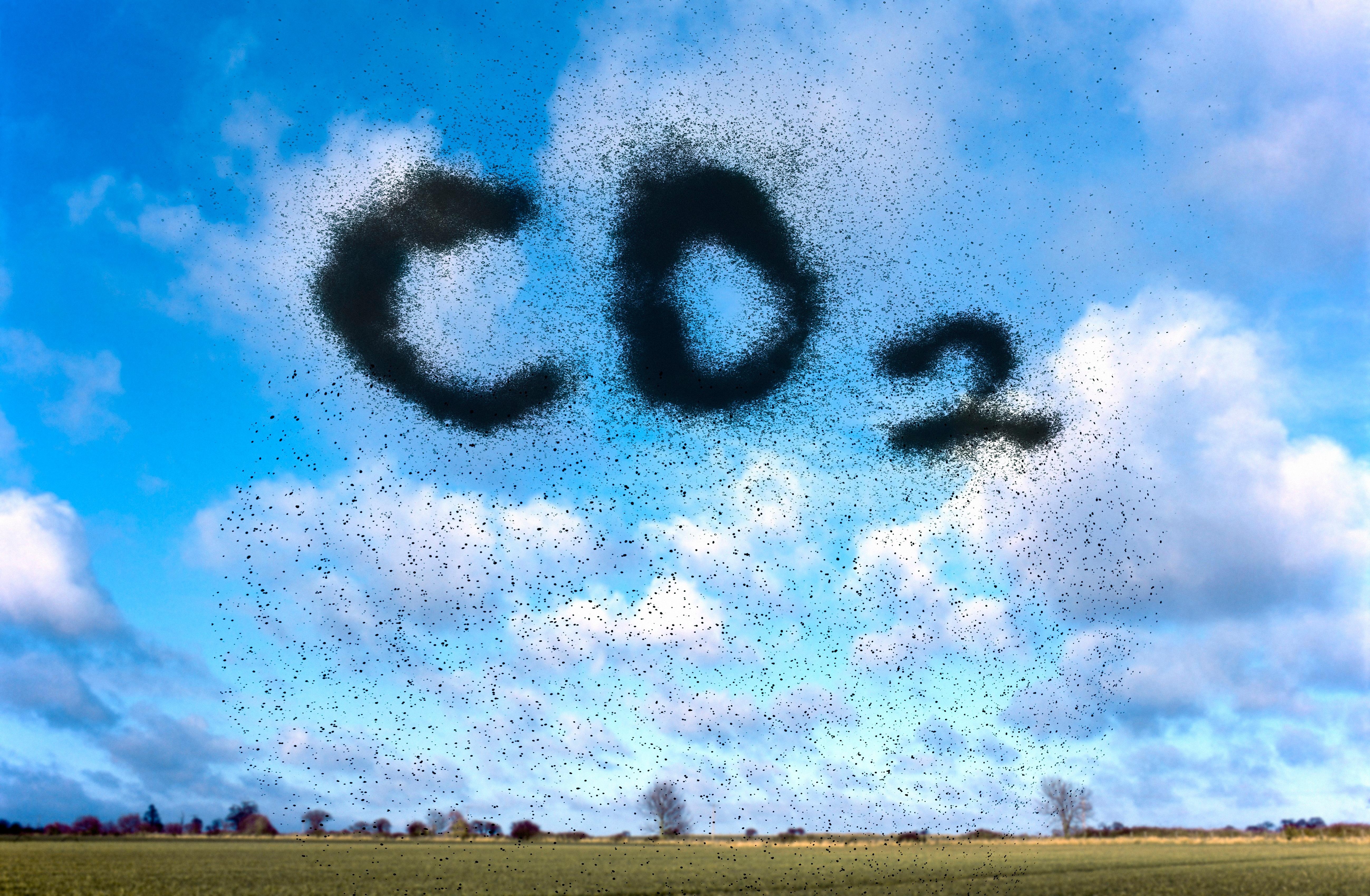The Greenhouse Effect Is What Makes Earth the Perfect Place for Humans
Updated May 28 2020, 3:07 p.m. ET

The term “global warming” gets thrown around quite a bit these days when talking about the climate crisis and the condition of Earth. So what would the issue be with the Earth becoming hotter than normal? Well, the Earth has actually been one of the only planets in the solar system that is neither too cold or too hot but actually the perfect climate for humans to live and survive.
While other planets in Earth's solar system are either scorching hot or bitterly cold, Earth's surface has relatively mild, stable temperatures — perfect for human life. Earth contains these temperatures because of its atmosphere that surrounds the planet. This atmosphere has a thin layer of gases that cloak and protect the planet. However, due to how humans have treated the planet they live on, these temperatures have changed.

According to NASA, 97 percent of climate scientists agree that humans have changed Earth's atmosphere in dramatic ways over the past two centuries, resulting in global warming. In order to fully understand how global warming occurs, we must first dive into what the greenhouse effect is.
How does the greenhouse effect work?
The greenhouse effect is the way in which heat is trapped close to the surface of the Earth by “greenhouse gases.” These heat-trapping gases can be thought of as a blanket wrapped around the Earth, which keeps it toastier than it would be without them.

As the name suggests, the greenhouse effect works exactly as a greenhouse does. A greenhouse is a building with glass walls and a glass ceiling that is used to grow plants, such as tomatoes and tropical flowers. A greenhouse stays warm inside, even during the winter, in order to keep a comfortable climate for the plants inside.

In the daytime, sunlight shines into the greenhouse and warms the plants and air inside. At nighttime, it's colder outside, but the greenhouse stays pretty warm inside. That's because the glass walls of the greenhouse trap the Sun's heat. This is exactly how the atmosphere around the earth works.
What are greenhouse gases?
Greenhouse gases include carbon dioxide, methane, and nitrous oxides. Greenhouse gases arise naturally and are part of the make-up of our atmosphere. Greenhouse gases are the gases in Earth’s atmosphere that trap heat to help make the climate comfortable for inhabitants.

They let sunlight pass through the atmosphere, but they prevent the heat that the sunlight brings from leaving the atmosphere.
Greenhouse gases contribute to global warming.
According to the National Oceanic and Atmospheric Administration, since the dawn of the Industrial Revolution in the early 1800s, the burning of fossil fuels like coal, oil, and gasoline has greatly increased the concentration of greenhouse gases in the atmosphere, especially CO2.

The greenhouse effect along with increasing levels of greenhouse gases only further the threats of global warming. These three factors are expected to have profound implications on our planet.

If global warming continues unchecked, it will cause significant climate change, a rise in sea levels, increasing ocean acidification, extreme weather events, and other severe natural and societal impacts, according to the Center for Science Education.